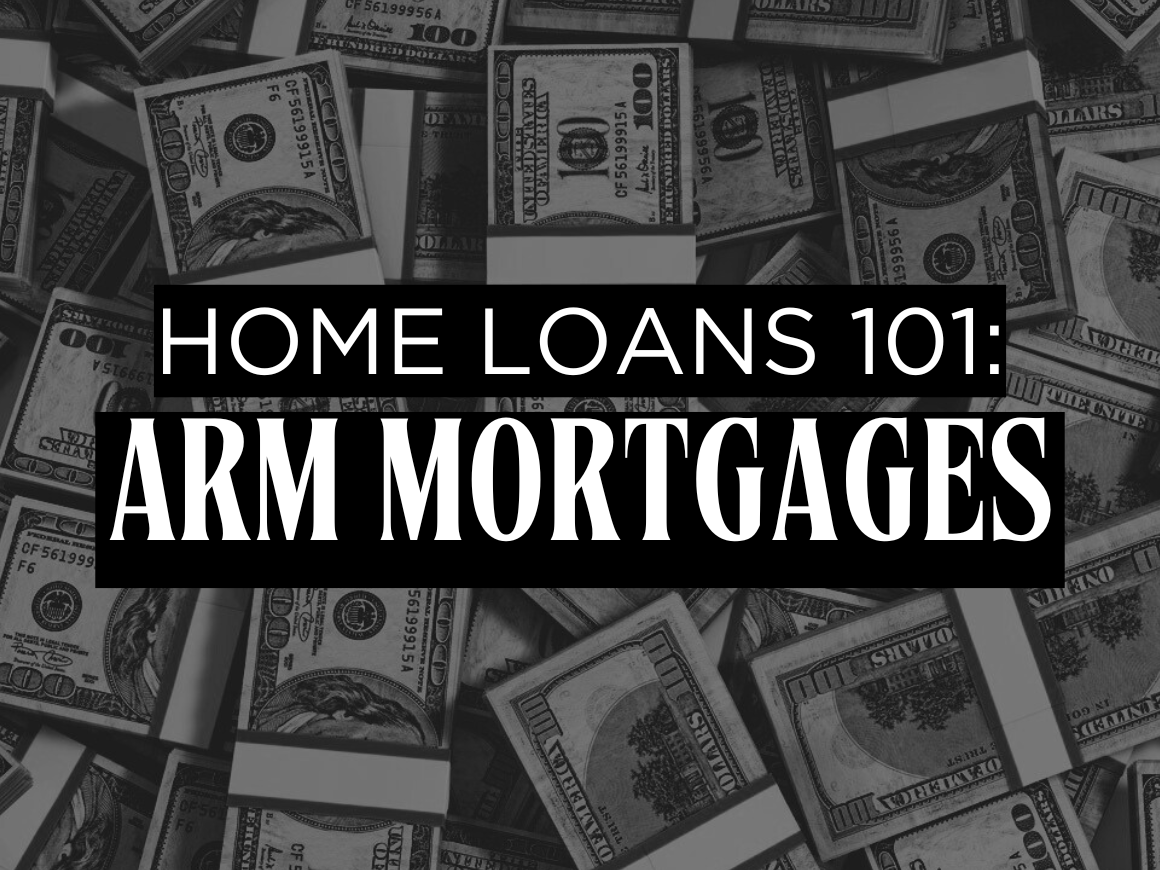Understanding Adjustable-Rate Mortgages: ARMs Simplified
When shopping for a home loan, you’ll likely come across two main types of mortgages: fixed-rate and adjustable-rate mortgages (ARMs). While fixed-rate mortgages offer stability with a constant interest rate, ARMs can be a bit more complex but might save you money—if used wisely. Let's break it down in simple terms with analogies, benefits, pros, cons, and some things you might not realize about them.
What Is an Adjustable-Rate Mortgage?
An adjustable-rate mortgage (ARM) is a type of home loan where the interest rate can change over time. Unlike a fixed-rate mortgage, which has the same rate for the entire loan term, an ARM starts with a lower initial rate for a set period and then adjusts periodically based on market conditions.
Analogy: The Discounted Gym Membership
Think of an ARM like signing up for a gym membership with a promotional rate. For the first year, you only pay $10 a month instead of the usual $50. After the promo period ends, your membership fee adjusts based on current rates. If gym prices stay low, you might keep a great deal, but if prices rise, you could end up paying more than you expected.
How Does an ARM Work?
Initial Fixed-Rate Period – The first part of the loan has a fixed interest rate (e.g., 5 years in a 5/1 ARM).
Adjustment Period – After the initial period, the rate can change at scheduled intervals (e.g., once a year in a 5/1 ARM).
Rate Caps – ARMs typically have limits on how much the rate can increase per adjustment and over the life of the loan.
Index & Margin – The new rate is determined by adding a fixed percentage (margin) to a benchmark interest rate (index).
Common ARM Terms
5/1 ARM: Fixed for 5 years, adjusts annually after that.
7/6 ARM: Fixed for 7 years, adjusts every 6 months thereafter.
Cap Structure: A 5/2/5 cap means the rate can increase up to 5% initially, 2% per adjustment, and a total of 5% over the life of the loan.
Pros of an ARM
✅ Lower Initial Rates – ARMs often start with lower interest rates than fixed-rate loans, which can mean lower initial payments.
✅ Good for Short-Term Homeowners – If you plan to move or refinance before the adjustment period, an ARM can save you money.
✅ Potential for Lower Long-Term Costs – If interest rates decrease, your payments could go down instead of up.
✅ More Home Buying Power – A lower initial rate may allow you to afford a more expensive home.
Cons of an ARM
❌ Uncertainty – After the fixed period, your payments can increase significantly, making budgeting harder.
❌ Market Dependency – If interest rates rise, your monthly payment could become unaffordable.
❌ Refinancing Risks – If home values drop or your credit worsens, refinancing out of an ARM might be difficult.
❌ Complex Terms – Understanding rate caps, indexes, and margins can be tricky for first-time buyers.
Did You Know?
Some ARMs Have Lower Caps on Decreases – While rates can increase significantly, decreases are often capped lower, meaning they might not drop as much as they rise.
You Can Refinance Before the Adjustment Period – Many homeowners use ARMs as a temporary solution and refinance into a fixed-rate loan before the first adjustment.
ARMs Can Be a Strategic Investment Tool – For those with higher risk tolerance or short-term housing plans, an ARM can free up cash flow for other investments.
They’re Not Just for Risk-Takers – With the right planning, ARMs can benefit cautious homebuyers who understand their loan terms and have a financial exit strategy.
Is an ARM Right for You?
An ARM can be a great tool if you plan to move before the adjustment period, expect interest rates to remain stable or decline, or are financially prepared for potential rate increases. However, if you prefer predictability and long-term stability, a fixed-rate mortgage might be a better choice.
Final Thoughts
Understanding ARMs is key to making an informed mortgage decision. Just like choosing between a fixed-price or variable-price utility plan, your choice depends on your risk tolerance, future plans, and ability to adapt to potential payment changes. If you’re unsure, working with a knowledgeable mortgage professional can help you determine the best option for your financial situation.
Would you consider an ARM for your next home purchase, or do you prefer the stability of a fixed-rate mortgage?
